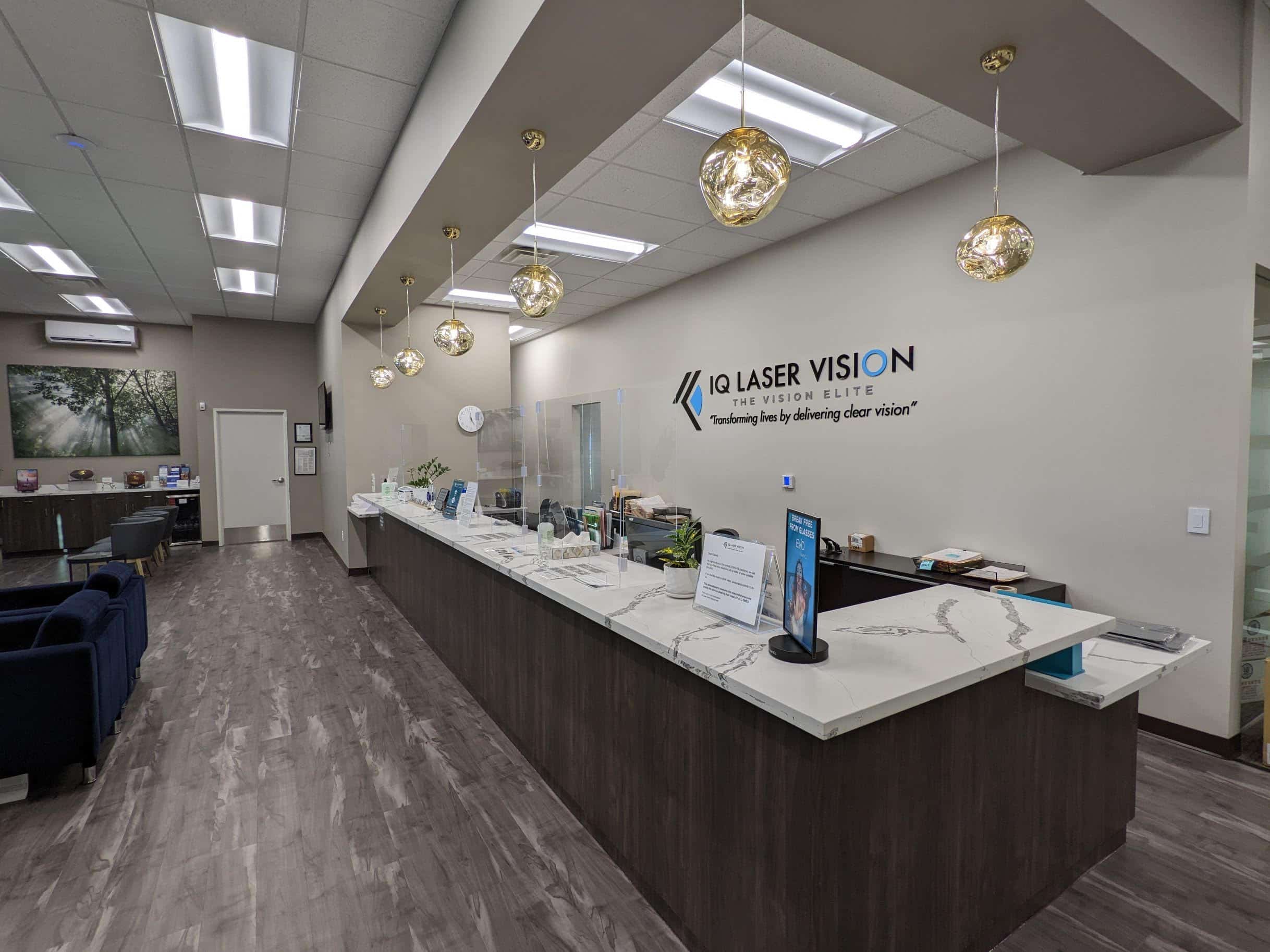
We understand the frustration of staring at an eyeglass prescription filled with confusing numbers and cryptic abbreviations. Decoding this seemingly unreadable language can be a huge task, leaving many individuals feeling lost and uncertain about their vision needs. However, fear not! We are here to demystify the intricacies of your eyeglass prescription, empowering you with the knowledge to take control of your visual well-being.
Decoding the Prescription Format: Understanding Eyeglass Prescriptions
An eyeglass prescription typically consists of several components, each representing a specific aspect of your vision correction requirements. These elements work together to provide a comprehensive roadmap for crafting lenses tailored to your unique needs. Let’s delve into the intricate details:

Sphere (SPH)
The sphere, or spherical power, in your eyeglass prescription is a numerical value that indicates the degree of nearsightedness (myopia) or farsightedness (hyperopia) present in your eyes. But a negative value signifies myopia, while a positive value indicates hyperopia. This measurement is essential for correcting refractive errors and restoring clear vision at various distances.
Cylinder (CYL)
The cylinder represents the amount of astigmatism, a condition where the cornea or lens of the eye has an irregular curvature, causing blurred or distorted vision. Therefore cylinder value of zero indicates no astigmatism, while a non-zero value quantifies the degree of astigmatism present.
Axis
In your eyeglass prescription, the axis is a numerical value ranging from 0 to 180 degrees, specifying the orientation of the astigmatism correction. It determines the direction in which the cylinder power should be applied to compensate for the irregular curvature of the eye.
Addition (ADD)
The addition, also known as the “near vision power,” is a value typically found in prescriptions for individuals with presbyopia, a condition that affects near vision as we age. This additional power is incorporated into bifocal or progressive lenses to provide clear vision for reading and other close-up tasks.
Pupillary Distance (PD)
The pupillary distance, or PD, measures the distance between the centers of the pupils in millimeters. This measurement ensures that the optical centers of the lenses align perfectly with your eyes, optimizing visual clarity and comfort.
Prism
In some cases, a prism value may be included in the prescription. Prisms are used to correct eye misalignments or binocular vision problems, such as double vision or eye strain.
Deciphering Additional Symbols and Abbreviations in Your Eyeglass Prescription
Your eyeglass prescription may contain various symbols and short forms that provide additional information about your vision needs. Here are some common examples:
- OD (Oculus Dexter): Refers to the right eye.
- OS (Oculus Sinister): Refers to the left eye.
- OU (Oculus Unitas): Indicates that the prescription applies to both eyes.
- ADD: Represents the addition power for near vision correction.
- VA (Visual Acuity): Indicates the sharpness of your vision, typically measured using an eye chart.
- NV (Near Vision): Specifies the prescription for near vision tasks.
- DV (Distance Vision): Indicates the prescription for distance vision.
Common Misconceptions About Eyeglass Prescriptions
Understanding eyeglass prescriptions also involves debunking some common untruths. For instance, many people believe that their eyeglass prescription remains static throughout their lives. In reality, your prescription can change over time due to aging or changes in your visual needs. Regular eye examinations are crucial to ensure that your eyeglass prescription is up to date and providing the best possible vision correction.
Consulting with Your Eye Care Professional
With a deeper understanding of eyeglass prescriptions, you can engage more effectively with your eye care professional. Discuss any concerns or questions you have about your prescription, and don’t hesitate to ask for clarity on any terms or values you find confusing. This proactive approach will help you make informed decisions about your vision care and ensure that you receive lenses that meet your specific needs.
Embracing Your Eyeglass Prescription
Armed with this comprehensive understanding of your eyeglass prescription, you can now confidently engage in discussions with your eye care professional and make informed decisions about your vision correction options. Embrace the knowledge you’ve gained, and take an active role in safeguarding your precious eyesight. Remember, your eyeglass prescription is a powerful tool that unlocks a world of clarity and visual comfort. By decoding its details, you empower yourself to navigate the realm of vision care with confidence and ease.























